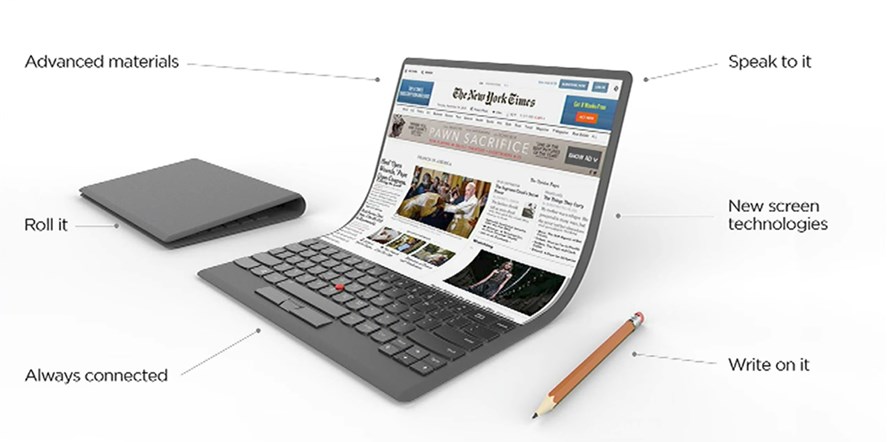-
Event date & time:
17.04.2021 at 13:00
-
Location
Antrim City Hall
-
Category
Arts/Entertainment

COMMENTARY | Recently Fujitsu announced a concept design called the Fujitsu Lifebook 2013, which is … a little hard to describe.
Imagine a laptop. Except that its keyboard is a multitouch tablet, which plugs into the base of it and works like the Nintendo DS’ touchscreen for controlling it. Now imagine that a smartphone plugs into a slot on the bottom, sort of like a PCMCIA card slot on old laptops, and there’s a place on the back for a digital camera to plug into as well.
If Inspector Gadget had a laptop, this thing would be it. It’s just a concept design, but Motorola is already selling something similar: The “webtop” laptop which some of app review android in its smartphones plug into. Meanwhile, the Asus Transformer Prime’s schtick (besides sounding like it comes from another 80’s cartoon) is that you plug it into a base that turns it into a laptop.
Some of these concepts have promise. (The original Transformer sold out.) Others … probably not so much. Here’s why.
Multiple points of failure
The Lifebook concept is a tablet, a phone, a camera, and a laptop all at the same time. It’s hard to design any one of those things and make it successful in the marketplace. Apple basically owns one of those markets, and is dominating two of the others. What are the odds that Fujitsu could not only design spectacular versions of all of the above, but make them work together in such a way that it’s better than the sum of its parts?
Even Motorola is running into this problem with the webtop. It’s basically a slow laptop, which can only run Firefox (or Android apps in a phone-sized window). Where are the Android apps that are designed to be run on a laptop, with a mouse or touchpad? Asus has written a few of them for the Transformer, but software design is not really Asus’ forte, either.
What might hold promise …
… would be a system designed to work on screens of multiple sizes, that could then plug into multiple compatible larger screens. Motorola also created a desktop dock, which lets you plug your phone into the TV, keyboard, and mouse that you already have. Instead of needing to buy a new laptop or tablet, that’s worse than the ones that you already own.
Android is mostly designed for smartphone screens, and is slowly adjusting to tablets. webOS also successfully spans both. Other open-source operating systems, like Ubuntu and Linux’s GNOME desktop shell, were designed for PCs but are adjusting to fit touchscreens also.
Any one of these might do the trick, if manufacturers agree on open standards and build devices that do one thing well.